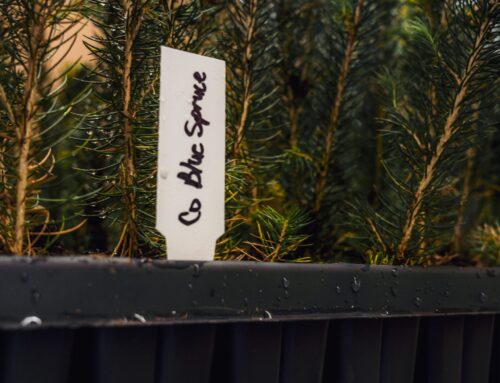Each year, FFA chapters around the country celebrate National FFA Week. This encompasses more than 653,000 FFA youth belonging to 8,568 local chapters. It’s a time to share with local, state and national audiences what FFA is and the impact it has on members every day.
The official name of the organization is the National FFA Organization. The letters “FFA” stand for Future Farmers of America. These letters are a part of our history and heritage that will never change.
FFA makes a positive difference in the lives of students by developing their potential for premier leadership, personal growth and career success through agricultural education started with agriculture education teachers at Virginia Tech. To develop an awareness of the global importance of agriculture and its contribution to our well-being.
The idea of a boys’ organization to provide greater opportunity for self-expression and leadership development was presented during an annual vocational rally in the state of Virginia in April 1926. It was a way to help develop confidence and pride in farm boys, so they would want to continue farming. The Future Farmers of Virginia was born.
Two years later, the idea reached the national stage during the American Royal Livestock Show in Kansas City, Mo. There 33 young students from 18 states gathered at the Hotel Baltimore and officially established the Future Farmers of America.
In 1929, national blue and corn gold became the official colors of FFA. A year later, delegates adopted the official FFA Creed and by 1933 the familiar Official Dress of blue corduroy jackets was adopted
FFA opened membership to girls, making it possible for them to hold office and participate in competitive events at regional and national levels in 1969. The National convention hosted the first two female delegates in 1970. Today, females represent more than 45 percent of FFA members and roughly half of all state leadership positions.
The FFA mission was to prepare future generations for the challenges of feeding a growing population. They taught that agriculture is more than planting and harvesting – it’s a science, it’s a business and it’s an art.
Today, the National FFA Organization remains committed to the individual student, providing a path to achievement in premier leadership, personal growth and career success through agricultural education. You can how your support and FFA pride by wearing BLUE on National Wear Blue Day Friday, February 23.






